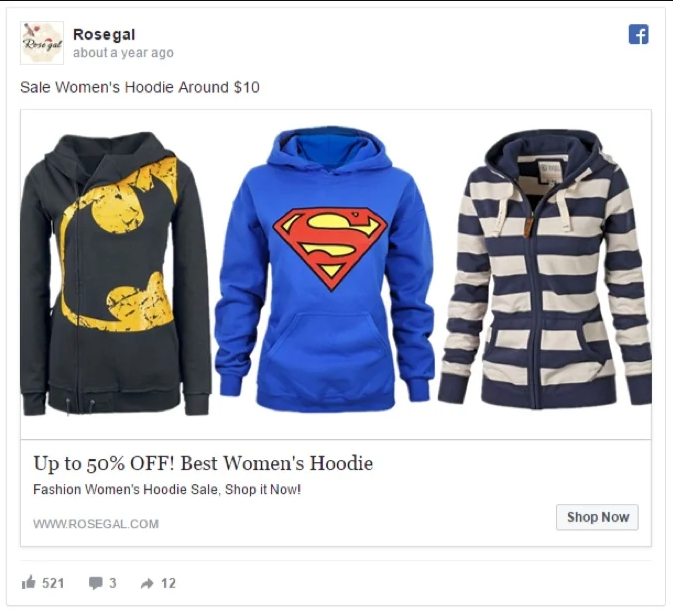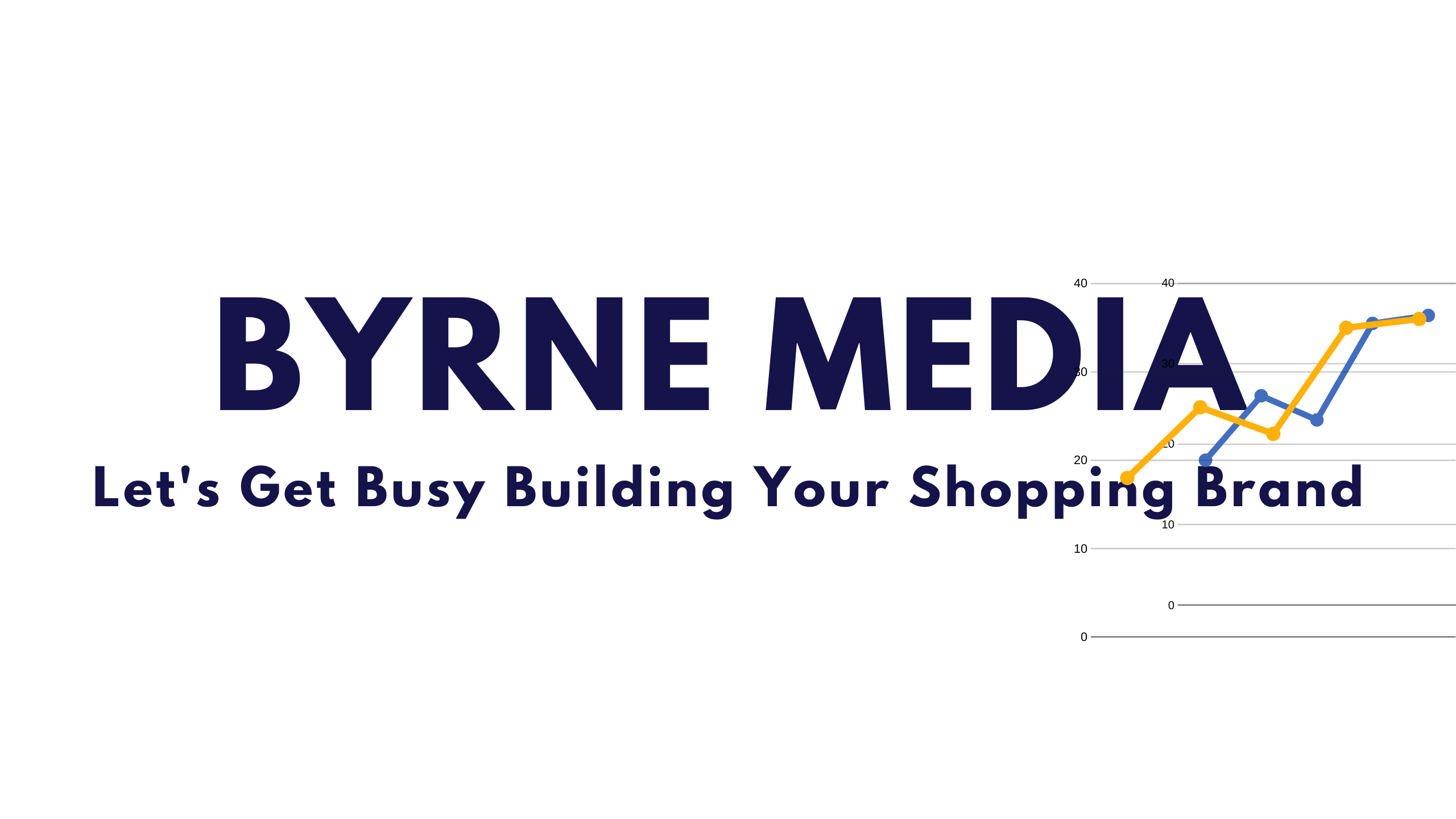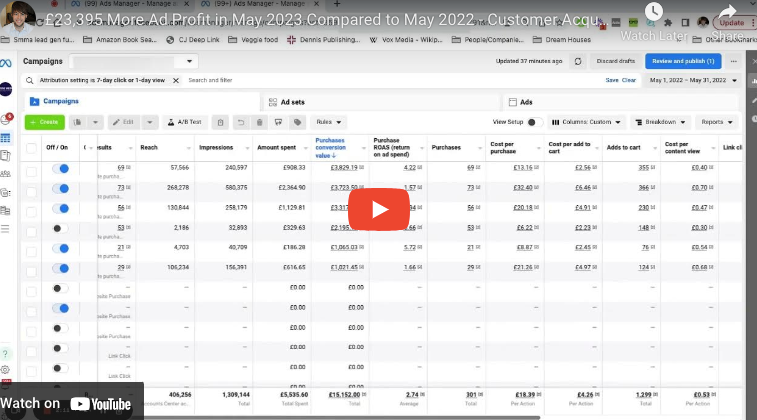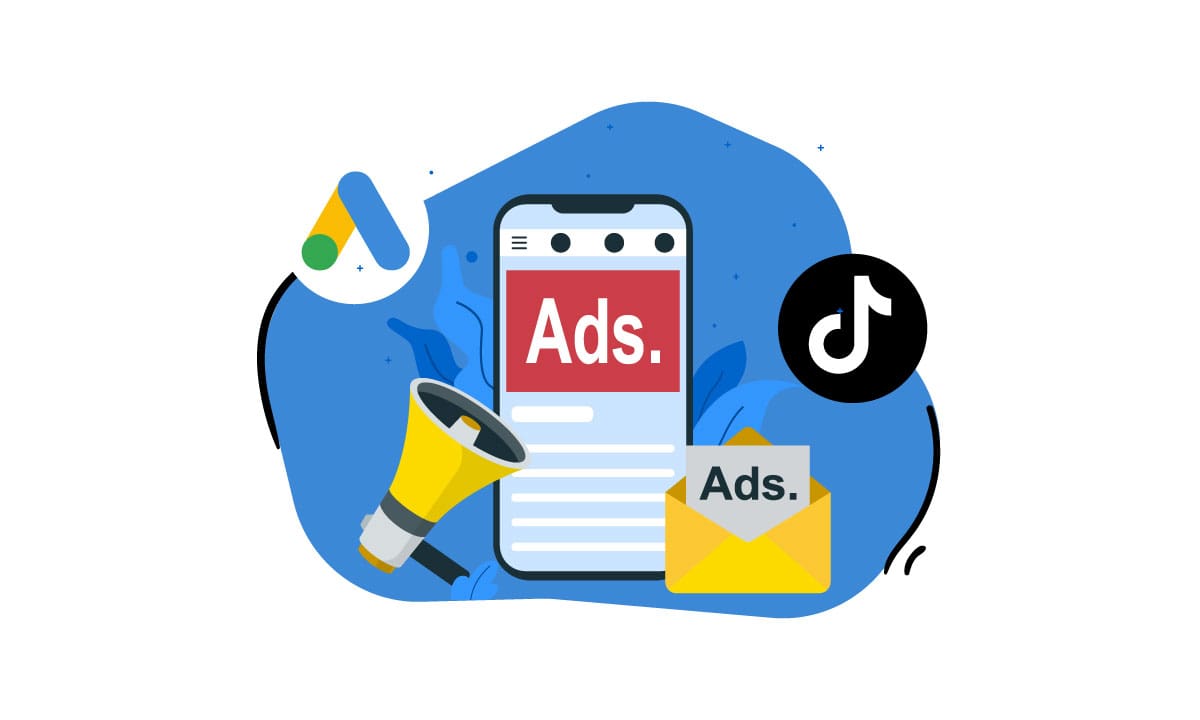
As an ad platform, Facebook is one of the top tier one traffic platforms in the world. Tier one meaning the quality of traffic it offers is some of the best you can buy for your ecom brand.
Facebook reigns one of the supreme ad platforms in terms of features, insights and audience targeting.
But just because Facebook is a great platform for advertising doesn’t mean all ecom brands use it effectively. In fact I see a lot of brands set up their accounts incorrectly and the ads they use to generate clicks to their website could be improved with better ad copy as well as creatives.
Unfortunately many stores online end up wasting money and throwing resources down the drain, because they have no strategy or don’t understand how to use it.
Succeeding with Facebook advertising is a combination of strategy, campaign setup and management along with advertisements that know how to garner attention.
In this post I want to offer some tips on how you can create success with Facebook ads and your ecom store.
Let’s dive right in below…
Your Offer Plays a Huge Part In the Success Of Your Campaign
Your offer will make or break your campaign. In many ways great advertising copy will not convince your audience to buy a poor, unappealing offer. But a strong offer can succeed with weak advertising copy.
Let me give you an example of this. Let’s look at the two offer examples below –
Offer 1 –

Offer 2 –

Which one of these offers attracts you more?
That are both good offers that have an appeal for you to take action. But there is one of these offers that appeals on a more emotional level.
Can you guess which one?
I’m referring to offer 2.
Even though the 50% off from Rosegal is a great deal, it doesn’t have the same effect as offer 2. Offer 2 is selling you without actually selling. What you need to do is be sure you are sweetening your offers. What sort of irresistible offer can you bring to the table? Think of how you can add more value that hits an emotional nerve with your target audience.
Sweeten your offer in such a way that your audience don’t feel like you’re selling them something. As Brian Clark says, “great copy doesn’t seem like an ad, it seems like a favour”.
People don’t like being sold, but they love to buy stuff. (I can completely relate to this)
Make your audience feel like it’s under their control when it comes to buying your offer…not your control. Your goal is to think outside of the box and come up with something that’s more appealing than the usual “Free Shipping on Orders Over 60”
Now you might be wondering…
“How do I go about creating an irresistible offer that gives plenty of value without “selling” to my target audience?”
My advice is to study some sales psychology. Here’s a really good resource to help you get started –
Influence: The Psychology of Persuasion” by Robert B. Cialdini
This is a book I bought and read a few years back. I have read it a couple of times and it’s one of the best business books I have bought to date. In this book, Cialdini explains the six elements of influence (reciprocation, commitment, social proof, liking, authority and scarcity). This content will show you how advertisers use these six elements of influence to persuade you into doing some things you wouldn’t normally do.
This information will help you to create more appealing and persuasive ad copy. I suggest you try to read books on human psychology for the simple reason is that marketing and selling is all about human psychology. The more you understand human behaviour, the better you’ll be at understanding the needs of your audience and how to create and present offers that appeal to them.
You can also create irresistible offers by doing the following –
Check Out What Your Competitors Are Doing & Improve
See what your competitors are doing and try to improve on what they have to offer. How can you add more value that will appeal more to your target audience. What can you do to outsmart your competitors?
A great example of this “competitor analysis” is from the likes of Burger King, Wendy’s, and McDonald’s. They continually spy on their competitors’ social media to find their most popular offers, and then create something better.
You Don’t Create Winning Ads Straight Away… You Build Them!
This is such an important point to cover. It sets an expectation when you begin to run ads for your brand. It genuinely takes time and a strategy to get your ads performing to the point where they convert… but convert at a higher rate.
You don’t just set up an ad and expect with the right targeting that your store online will be flooded with traffic. You need to get a good understanding of what your offer does to improve the prospects life and that comes with various testing elements at the start of a campaign.
Once you test and see what works, you’ll then be able to narrow in on where your campaign is producing a positive result.
A lot of people think that successful campaigns are “created,” but in actual fact… they are not.
You don’t produce a winning ad out of thin air. It takes time to build successful ads and campaigns. You build success through testing ads, with different audiences, ad copy & creatives.
When running ad campaigns online, you need to build your campaigns exactly as you’d build a building. Step by step you’re collecting and putting together key data points that eventually will give shape to your winning ad.
These data points are important because as you acquire them, they are building information which allows you to make more scientific decision making within your advertising campaign.
Scientific information that will bring you closer to a successful ad campaign.
The way you find these data points is through testing and optimization. Test ads and audiences, stick with what’s working (traffic and conversion), cut out what’s not working (not converting) and refine the ads that are working to test further so you can get a better ROI.
That’s the basics of it.
But let me dive further into how you do this.
Have a Strategy In Place
Like most things that work to achieve an end result, it’s usually a strategy that helps to take you from point A to point B. Organization and structure are important to delivering success with your ad campaigns.
Maybe in another post, I’ll talk about strategy. But all I’ll say for now is that you need to have a plan in place that organises your data correctly so you can make more informed decisions.
Split Up Your Ad Into Different Elements
By breaking down your ad into different elements, you’ll be able to see what different elements you are testing and understand what parts of the ad are actually working and which ones are not.
The Ad Makeup
- Image
- Video
- Text
- Headline
- Call to action
- Value proposition
The Type Of Targeting You Use
- Country
- Gender
- Interests
- Age
- Custom Audiences
- Relationship Status
- Purchase Behaviors
- Education Level
Other Miscellaneous Elements
- Landing Page/Product Page
- Ad Placement
- Campaign Objective
- Ad Type
Be Sure To Optimize All Elements Of Your Ad
Your Ad creative is very important because it’s how you convey your value proposition to your audience. You should take the time to optimize each element of your ad so it performs better and improves the conversion rate of your sales funnel.
The elements of your ad include –
- Post Text – Post text is the copy that’s right above the image. Some brands write 1-2 lines of text while others write several paragraphs.
- Image/Video – This is where your ad grabs the initial attention of your audience. The human brain processes visual content faster than text. Visual content stands out more. This is why your choice of Facebook ad image/video counts. The more visually appealing it is, the more effective your Facebook ad becomes.
- Headline – Your headline can employ various techniques in terms of the copy you write. You should aim to make it clear and concise. Use emotion, ask a question, use this formula – [action] + [time period] + [end result] or even use a quick customer testimonial.
- Description – This is where you can highlight your value proposition or describe your headline in more detail.
- Call to Action – This is the button in the bottom right corner that might look something like – “Learn more”, “Shop Now/View Shop” etc etc. It’s the action step you want your target audience to move from your ad to your website.
Test Everything! Don’t Just Assume An Ad Will Work Against Another
When you’re running ads, it’s important to keep in mind that the name of the game is to test, test and test some more. Don’t start assuming one ad will work better than the other. You should be testing your ads against the other.
Then let the data tell you what’s working… and what isn’t. Publish your ads to the market and let them tell you over time what angle, copy, image/video, headline etc converts best.
Think Lifetime Value Over Initial Return On Adspend
Lifetime Value is King!
You need to always remember that when acquiring customers.
Depending on variables like the market you sell products to, the time of year, price of products and cost of goods sold, cost of CPM’s, competition etc etc…
You “might” run into acquisition costs that are higher than the price of your products. But thats ok, because sometimes it does cost more to acquire a new customer. The ROI is made after the sale when the customer has developed enough trust and value from your brand that they’ll purchase from you again & again. Repeat purchasing occurs when you have a good offer put in front of your customers. (think email or a retargeting Facebook ad)
To give you an example –
Let’s say you sell a product for 40 euro and it typically costs you 70 euro to acquire a new customer. Clearly there is a loss going on here to the value of 30 euro.
But…
When you are thinking about lifetime value with your customer (which you should), you just might come to the conclusion that your average revenue returned from a customer is actually worth 500 euro.
So with those figures in mind, you can afford to have a loss of 30 euro to acquire a customer because you know on average your customer base is returning you 500 euro back over the course of time. That course of time could be two years as an example.
With the right offers and backend strategy in place, you may very well be able to shorten that return. Acquiring a customer is only the start of the customer journey. Our aim after acquisition is retention. We need to be improving our retention rate as best as possible because there are other brands in the market who want a share of the pie too.
A big reason why people fail at Facebook ads is because they don’t consider LTV as part of their strategy. There can be too much focus on trying to turn a profit on the initial sale of a new customer.
The aim for acquiring new customers should be to do so at break even point. The ROI is made in the follow up.






